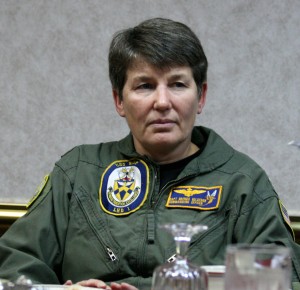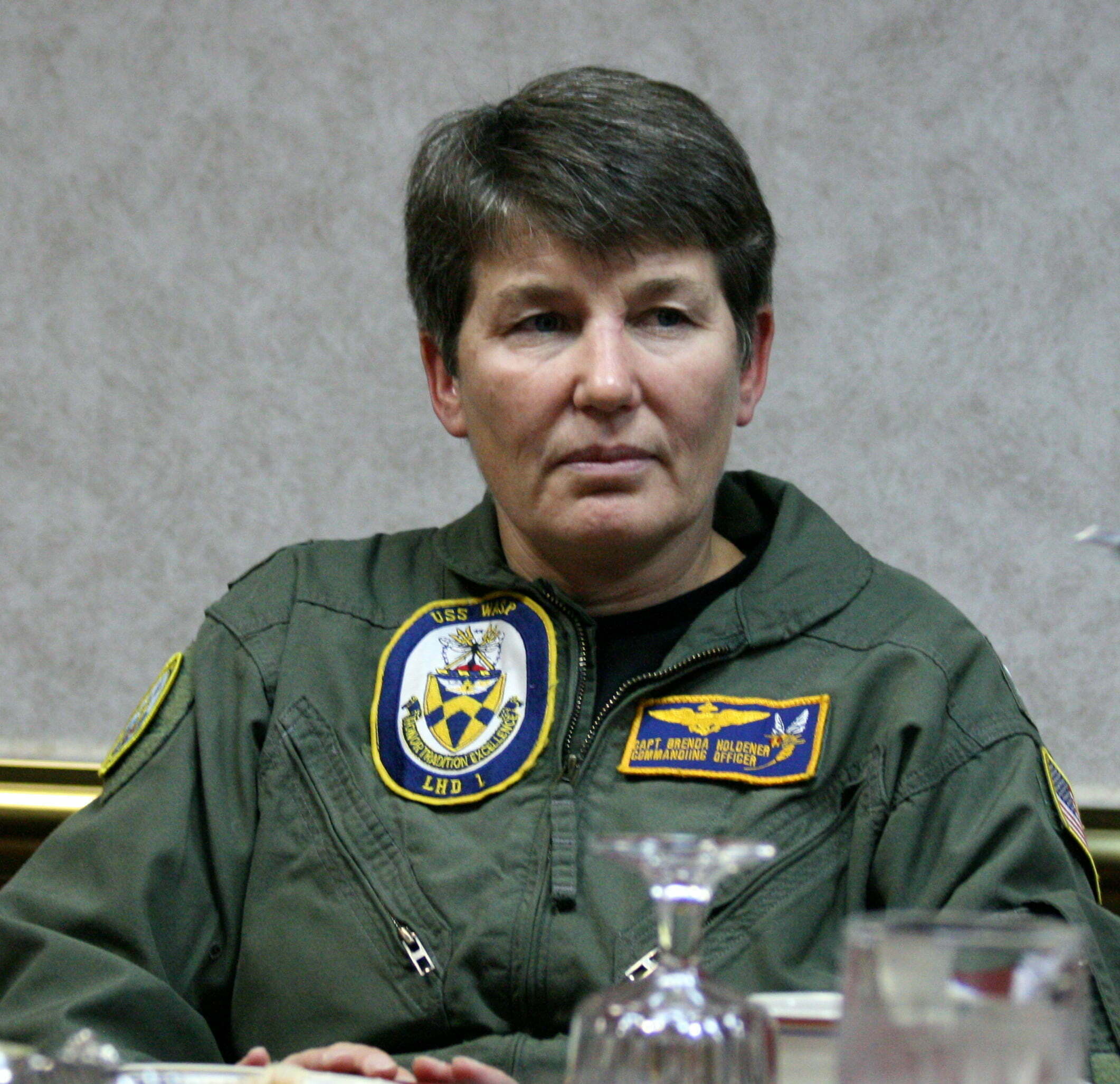10/31/2011 During the visit to the USS Wasp on October 18th, the NAVSEA 05 Engineering Director provided an update on both the preparation for tests aboard the USS Wasp as well as a sense of test results and the relationship between the tests and the way ahead.
Ansis Kalnajs, the NAVSEA 05 Engineering Director, made it clear that the ship was well instrumented to determine impacts of the F-35B on the ship. And in some cases the changes being tested aboard the USS Wasp are being put in place to shape new capabilities down the road.

One key example is the new surface coating which is being laid down for F-35B tests. It must be remembered that many changes which are being made with the introduction of the F-35s are really being down to enhance capabilities across the fleet. The new shipboard surface is a case in point.
SLD Question: Presumably this change in the flight deck, the material that you’ve laid down might be applicable to other amphibious ships?
Kalnajs: One of the reasons we are looking at the non-skid surface on the USS Wasp for the tests, is the deck coating tends to break down after six or seven months of activity. The materials we are looking at now may be able to last for years and give us a new longevity for the surface of the Amphibious fleet. Not to have to change that nonskid every 6-12 months would be a big gain.
The NAVSEA official provided insight into the types of sensors inserted on the deck to inform the F-35 program about test results.
Kalnajs: On the deck, we have thermacouples on the underside, and we also have the sensors to measure the deflection and also screenings. That enables us to understand what the thermal effects are and what the resulting stresses are on the underdecks. And we also instrumented the ship with acoustic sensors. And our updated collection is very repeatable, which give you good predictions.
Kalnajs was asked by a reporter on board the USS WASP the following question: Have you been able to see any of the data and thermal data to determine yet if there are any effects that are out of the norm?
Kalnajs: We have real time data, but it’s not anything out of the norm. So, we’re pretty confident that there’s nothing mysterious going on that will affect us at this point.
Of course, NAVSEA has seen this process before with the MV-22 and shipboard testing.
SLD Question: You went through this with the V-22, right?
Kalnajs: The V-22 was a big lesson learned for us because the V-22 was a new thermal environment to the ship, so based on that knowledge that we have now, we were evaluating it’s total effects as well. It’s not just a matter of real loads anymore, it’s a matter of thermal effects as well.


